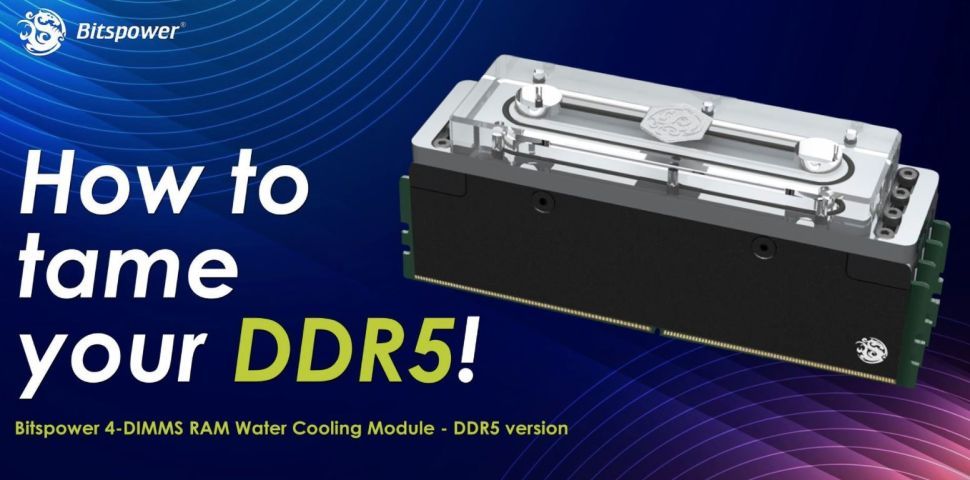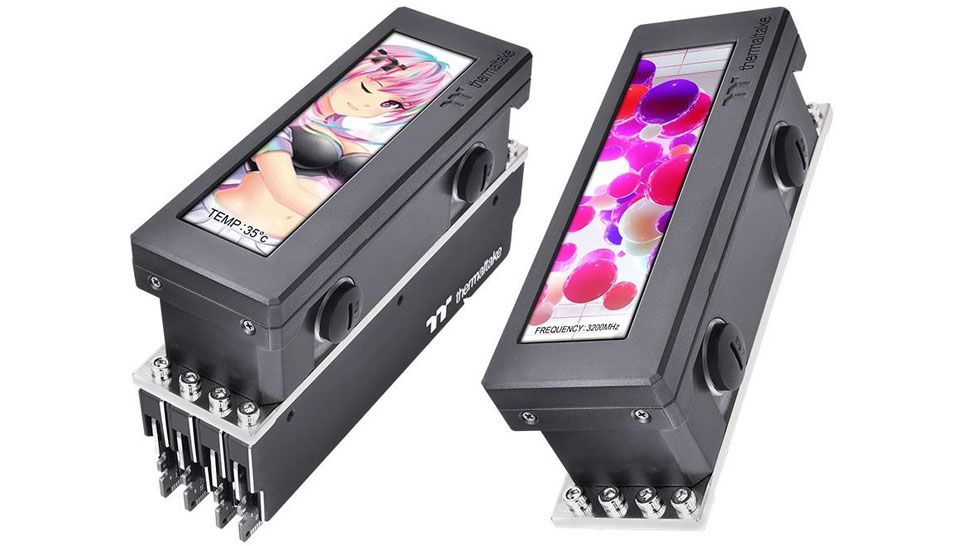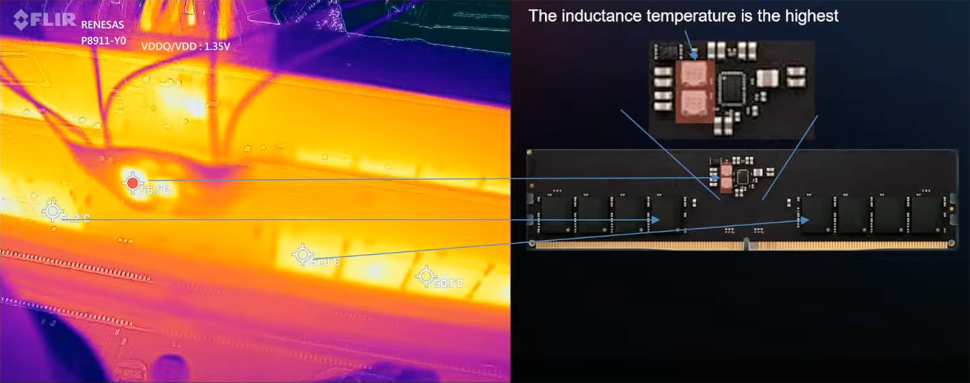DDR5 Waterblock Arrives: Does Liquid-Cooled RAM Make Sense Now?
You may not be able to buy DDR5 kits for a reasonable price right now, but it hopefully won't be long before you can snag a new kit. However, those that are lucky enough to have DDR5 memory are learning that the new kits generate far more heat than standard DDR4 memory, largely because DDR5 brings the power control circuitry onboard the DIMM itself. There are a few new waterblocks on the market that could help, and we'll also explain just why watercooling could be more beneficial with DDR5 memory than we've seen with prior DDR revisions.
In that vein, Bitspower has introduced the industry's first waterblocks designed specifically for DDR5 memory modules. Unfortunately, we have no idea when Bitspower plans to make its waterblock for DDR5 memory modules available, but given that it is already listed on its website, it won't be too long.
In contrast, Thermaltake has also recently introduced a waterblock for DDR3 and DDR4 modules that has plenty of bling. The Pacific A2 Ultra waterblock comes with a massive 3.9" LCD screen that can display pictures and animation, or even actually useful info, like clocks and temperatures.
The waterblock is formally designed for DDR3 and DDR4 modules, so it remains to be seen whether it will be compatible with DDR5 modules too (DDR4 and DDR5 modules have the same height and length, so it should work fine).
Liquid Cooling for Memory
Liquid cooling has proven to be more efficient than air cooling for almost all PC components, but memory modules haven't typically benefitted much. DRAM chips don't tend to overheat unless they're operating with an extreme overvoltage. But with the emergence of DDR5 DIMMs that carry not only memory chips, but also their own power management integrated circuit (PMIC) and voltage regulating module (VRM) that produce heat, liquid cooling might finally be useful for DRAM.
Traditionally, memory module voltage regulation is handled by the motherboard, so mainboard manufacturers can differentiate themselves from their rivals by installing more advanced PMICs and higher-quality VRM components to enable better overclocking potential.
With DDR5, each module gets its own PMIC and VRM, whereas the motherboard only has to supply 5 Volts to the memory sticks, and then the onboard components do all the conversions. The motherboard can still control the voltages through SPD programming, but memory module makers can now play with the PMICs and VRMs to differentiate their products.
But these components make heat. Earlier this year Corsair confirmed that DDR5 memory modules can get much hotter than DDR4 SDRAM sticks because of the onboard PMIC and VRM.
MSI recently demonstrated that the Renesas P9811-Y0 PMIC can get as hot as 56ºC when working in dual-channel mode without another module in close proximity. Furthermore, DDR5 ICs can get to 50ºC – 51ºC when operating at 1.35 Volts (up from JEDEC standard 1.1 Volts), which is also pretty warm.
In dual-channel mode, air cooling may be enough even when the modules are overclocked and overvoltaged, but with four modules installed close to each other temperatures may get out of control and this is where advanced cooling methods such as liquid cooling could come in handy.
The DDR5 standard features numerous architectural peculiarities to enable substantial performance and device capacity scaling for years to come. With DDR4, the industry started with 4Gbit 2133 MT/s devices and ended up with 16Gbit 3200 MT/s ICs (which can overclock pretty well). With DDR5, we are starting with 16Gbit 4800MT/s ICs and the plan is to drive capacity all the way to 64Gbit as well as transfer rates to 8000 MT/s and beyond. As a result, memory chips will get considerably more complex and may get substantially hotter than they are today. When overclocked, they will clearly require sophisticated cooling.
© 2025 Zeon Technology


